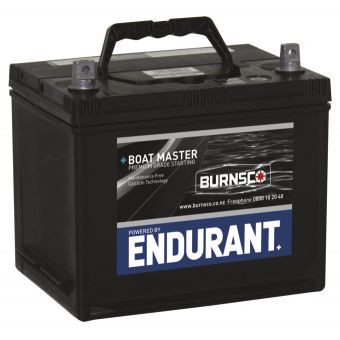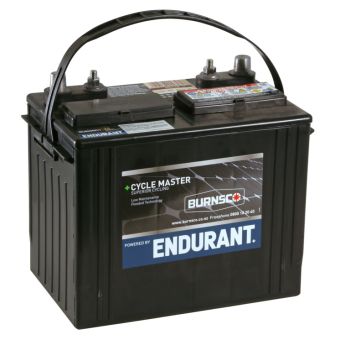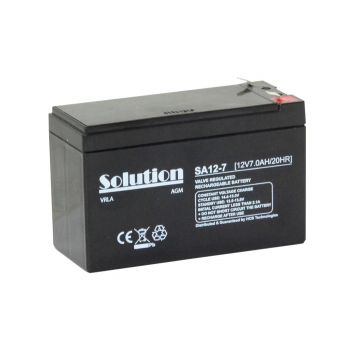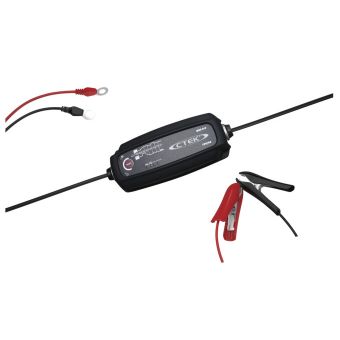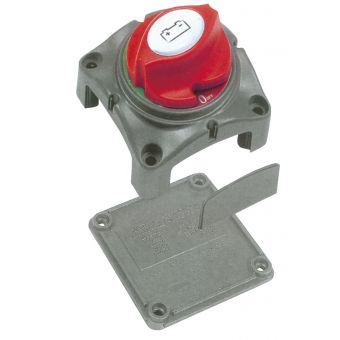In this video Ash runs us through how to choose the correct marine battery for your boat.
Storing the electricity - Marine Batteries
Boats and motorhomes typically use their batteries for two very different purposes – starting the engine and running electrical loads like lights, electronics and accessories.
Starting batteries, which crank the starter of the engine, are the 'sprinters' of the electrical system. They deliver between 75-400A for 5-15 seconds, and are then recharged in short order by the alternator. They use thinner and more numerous lead plates, providing extra surface area to generate high amperage burst of current.
House batteries or Deep Cycle batteries, are the 'marathon runners' of the storage system. They power the electrical loads such as lighting and electronics, and use thicker plates which allow them to recover fully after being heavily discharged over a longer period.
Multi purpose batteries can start the engine and still tolerate deep discharges which would ruin a typical starting battery. Where they lose out is on storage capacity. Typically used on runabouts or boats with one battery bank that does double duty for house applications and engine starting.
Capacity for deep cycle batteries is measured in amp hours. A good rule of thumb is never to discharge a deep cycle battery more than 50% of its capacity. For, example, if you have a battery bank of 560 Ah, you should plan on using only about 280 Ah before charging them again.
Capacity for starting batteries is measured in cold cranking amps (CCA). This is the number of amps a battery can deliver for 30 seconds at 0° F without dropping below 7.2V.
Marine cranking amps (MCA) is similar but measured at 32° F rather than 0° F.
Charging the batteries
There are basic battery chargers which deliver bulk charge to a battery but deep cycle batteries are best charged using a “smart” or “multi-stage” charger. These charge the batteries in 3 distinct phases:
Bulk phase - the charger delivers a high current to the batteries until the voltage reaches a pre-determined level.
Absorption phase - the charger will continually adjust the current to hold the voltage at set level of 14.0V, until the microprocessor decides that the batteries are 100% charged.
Float stage - the charger supplies just enough current to maintain the batteries in a fully charges state, plus the current needed to power any light, pumps, etc which are being used at the time.
MAIN POINTS
-
A battery stores charge it does not generate it.
-
Engine starting batteries are required to deliver high current for a short time. If this type of battery is subjected to many cycles of charge/discharge, a short life is likely.
-
The bigger your motor the higher MCA battery number will be to power it.
-
Deep cycle batteries are designed for a charge/discharge usage but can start engines in emergencies.
-
The higher the amount of Amps your electronics draw, the bigger the Amp hour battery will be needed to maintain a safe level of power.
-
Insufficient charging voltage will cause poor battery performance.
-
Insufficient charging voltage will cause short battery life.
-
Burnsco stocks Endurant flooded lead acid batteries because they have a two year warranty, are the most cost effective and can handle the harsh marine environment.
We stock a range of battery chargers from great brands such as CTek, Projecta and ProMariner.
Do you have any questions?
Please, contact our friendly team on 0800 102041 or email: website@burnsco.co.nz
We provide general information on products, not personal advice. Always seek the help of a relevant tradesperson if you have a technical query.


